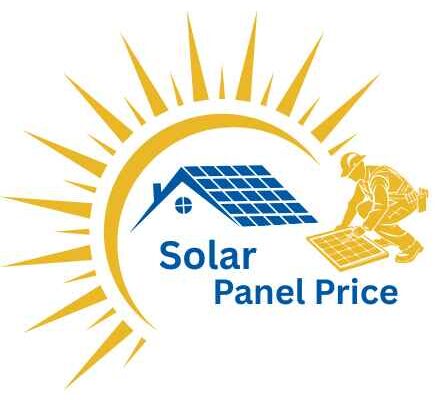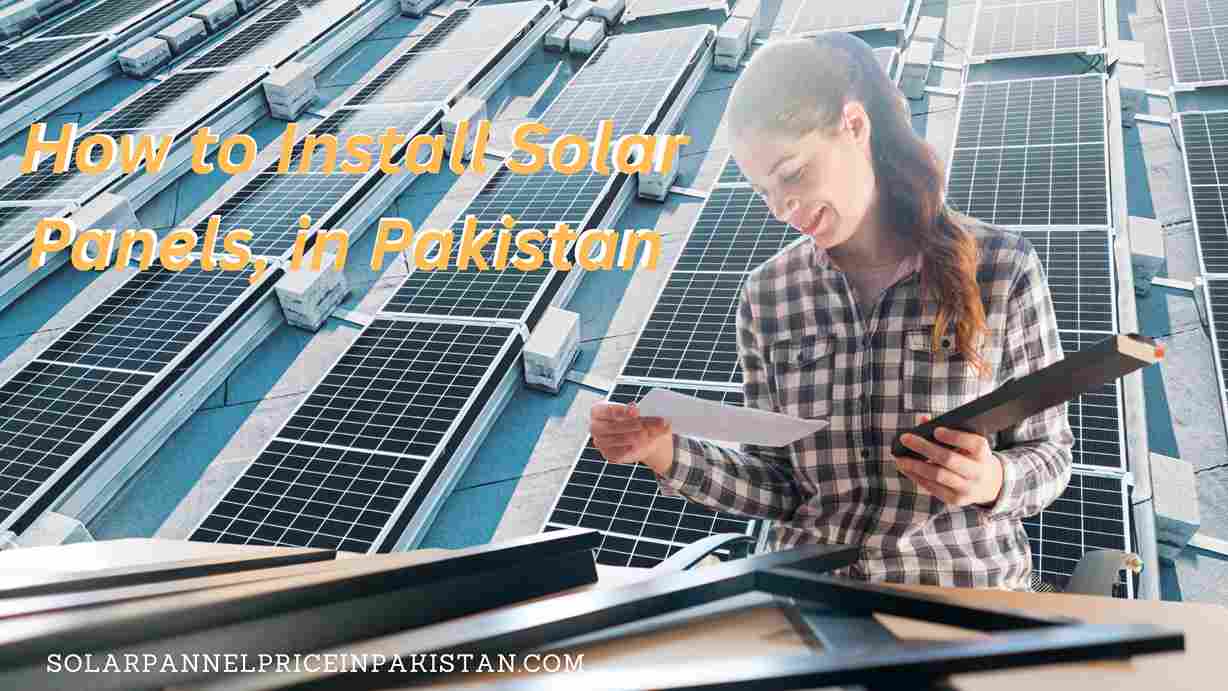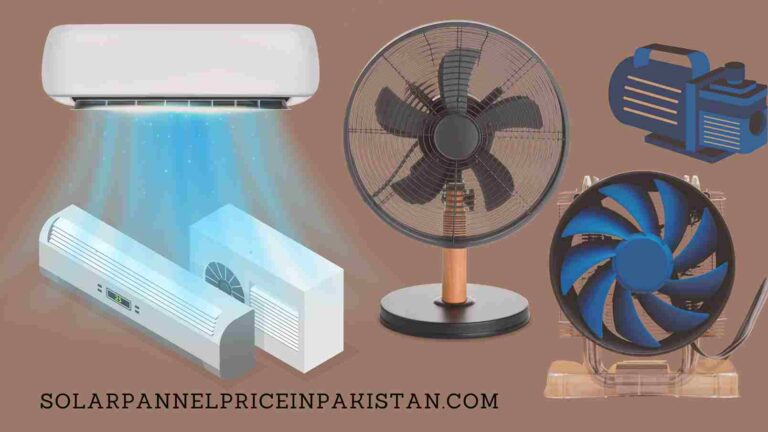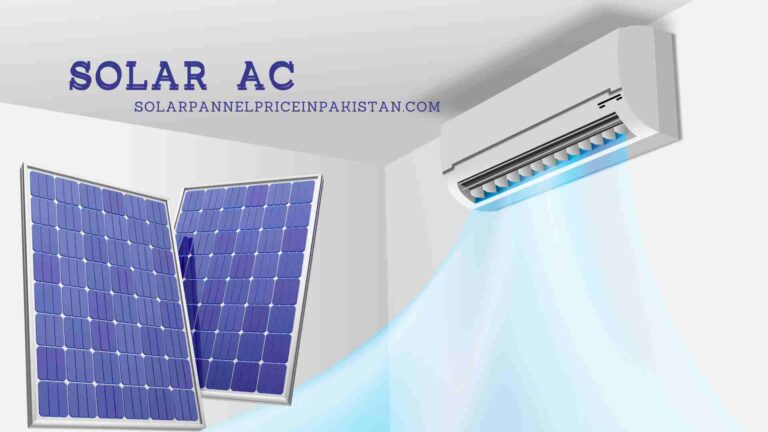How to Install best Solar Panels, in Pakistan 2025
Perfecting solar power has become crucial because rising electricity prices combined with power outages throughout Pakistan have triggered residential users and commercial enterprises to adopt this sustainable energy solution. Solar panel installations enable customers to cut their electricity consumption from the national grid and save money on bills and simultaneously create cleaner air.
Wondering how to install best solar panels? The comprehensive solar panel installation guide breaks down the whole installation process into sections about components, cost calculation, technical requirements, maintenance procedures for every year to support your complete understanding.
Benefits of Solar Energy
1. Cost Savings
Highly reduced electricity costs become a reality when people replace traditional power sources with solar energy. The net-metering policy enables users to supply unused solar power back to the electrical grid which generates additional revenue.
2. Energy Independence
Solar panels permit electricity production at home by individuals thus they can reduce their dependence on grid power while lessening the effects of power cuts.
3. Environmental Impact
Solar energy operates as a renewable energy which produces clean power to combat carbon emissions while decreasing dependence on fossil fuels.
4. Long-Term Investment
The operational lifetime of solar panels extends from 25 to 30 years which makes them produce significant financial returns while serving as long-term investments.
Components of a Solar Energy System
A solar energy system functions through various essential parts which transform sunlight into electric power.
1. Solar Panels
The capture and conversion of sunlight into electricity through solar panels operates under the name photovoltaic (PV) modules. The solar energy system consists of multiple variants which are named:
- Monocrystalline panels (high efficiency, expensive)
- Polycrystalline panels (The cost-efficient and middle-range efficiency solar panel option is the polycrystalline model)
2. Inverter
A solar power system uses inverters to transform solar panel-generated direct current power into practical alternating current electricity for residence appliances.
3. Batteries (Optional)
The collection and storage capacity of batteries enables continuous power supply during both evening times and blackouts.
4. Charge Controller
The charge controller maintains stable voltage and current levels that come from solar panels by regulating them to prevent battery damage during overcharging.
5. Mounting System
Solar panels must use rigid mounting structures for rooftop or ground installations since this strategy provides the maximum possible light exposure.
Step-by-Step How to Install best Solar Panels Process
1: Assess Your Energy Needs
To start solar panel installation you must determine your house’s or business’s total energy usage. The average monthly electrical consumption can be calculated by examining your bill kilowatt-hour (kWh) usage.
2: Choose the Right Solar System
Choose the solar system configuration between on-grid, off-grid or hybrid.
- On-grid system: The National Electricity Grid powers this system since it enables net metering capabilities.
- Off-grid system: Independent of the grid, ideal for remote areas.
- Hybrid system: A hybrid system connects both solar power and night batteries along with backup power during evening hours.
3: Get Necessary Permits and Approvals
Local governmental bodies together with your electricity provider require authorization for legal solar panel installation throughout Pakistan. The application for net metering requires compliance with rules established by National Electric Power Regulatory Authority (NEPRA).
4: Site Inspection and System Design
- A site inspection must verify that your roof structure can tolerate solar panel installation.
- You should select a position that allows your system to get the most sunlight during the day.
- Create the system arrangement while choosing suitable hardware elements.
5: Purchase Solar Equipment
Buy top-grade solar panels along with inverters and batteries (if needed) and mounting structures from an established supplier. Check for warranties and certifications.
6: Installation Process
Mounting the Panels
- The rooftop mounting frames should be installed at a 25–45 degree angle which is standard for Pakistan.
- Fasten each solar panel onto its assigned position of mounting structure.
Connecting the Electrical Components
- The inverter requires connection with solar panels through proper wiring.
- Affix the battery power source to both the charge controller and inverter.
- All wiring and safety requirements need to be implemented properly.
Grid Connection and Net Metering
- Before connecting an on-grid system it is necessary to attach the inverter both to the main electrical panel and to the utility grid.
- The process of gaining approval to export extra solar power into the electricity grid through net metering should be completed.
7: System Testing and Activation
- A thorough testing phase needs to be conducted for checking the correct functionality of system components.
- Monitor power generation and consumption.
- You should launch the system after its regular functionality activates.
Cost of Solar Panel Installation in Pakistan
Different factors including system dimensions and brand type and optional battery additions determine the total cost for solar panel installation. The following table contains an estimated price list.
|
System Size |
Estimated Cost (PKR) |
|
3 kW |
300,000 – 420,000 |
|
5 kW |
500,000 – 700,000 |
|
7 kW |
700,000 – 950,000 |
|
10 kW |
1,000,000 – 1,400,000 |
Factors Affecting Cost
- Type and efficiency of solar panels
- Inverter and battery quality
- Installation complexity
- Additional wiring and accessories
Net Metering in Pakistan
Through net metering programs solar panel owners get the chance to export their surplus energy thereby both receiving financial benefits and reducing their electricity bills.
How to Apply for Net Metering
- A solar system needs installation which should pass NEPRA requirements.
- Habitants must submit their net metering application to their local electricity distribution company (DISCO).
- A user must secure authorization from the distribution company to add a directional measuring device.
- Users can power up their grid system by supplying excess energy which results in bill credits being applied.
Government Incentives and Financing Options
Several banks in Pakistan offer financing options for solar installation under the State Bank of Pakistan’s Renewable Energy Financing Scheme. Eligible customers who apply for the loan can access funds at low interest rates.
Maintenance and Monitoring
Cleaning and Inspection
- Successive cleaning of solar panels must be carried out to eliminate any buildup of dust or debris.
- A thorough inspection must be done to check the health of connections and wires in their current condition.
Battery Maintenance
- Check battery water levels (if applicable).
- The system should have adequate venting to stop overheating.
Inverter and Performance Monitoring
- Monitor inverter readings for efficiency.
- The tracking of solar power production becomes possible through a solar monitoring application.
Conclusion
The wise investment of solar panels in Pakistan creates multiple advantages which include independence from energy reliance while generating cost savings along with environmental advantages. A combination of proper installation process and right system choice and proper maintenance leads to long-term efficiency alongside financial savings. No matter whether homeowners select on-grid or off-grid solar power installations.



